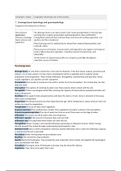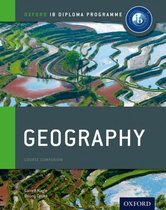Study guide
IB GEOGRAPHY HL/SL OPTIONS COMPLETE STUDY GUIDE (FRESHWATER, FOOD&HEALTH, URBAN ENVIRONMENTS)
This is a complete study guide for the options above. It contains questions and answers for every syllabus point. It is all I used to study for my final IB exam and I got a 7.
[Show more]




